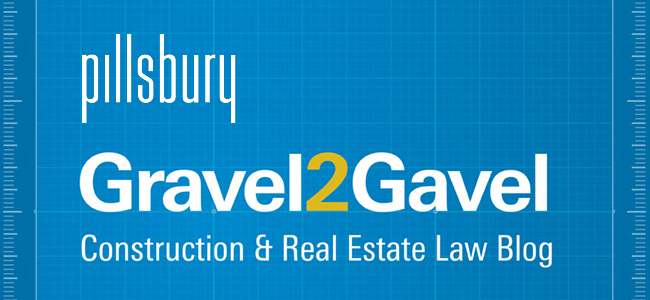On February 28, the U.S. Department of Transportation’s Pipeline and Hazardous Materials Safety Administration (PHMSA), “in consultation with the Federal Railroad Administration and pursuant to the Fixing America’s Surface Transportation Act (FAST Act) of 2015, issued a Final Rule “to revise and clarify requirements for comprehensive oil spill response plans (COSRPs)” and “[e]xpands the applicability for COSRPs; modernizes the requirements for COSRPs; requires railroads to share information about high-hazard flammable train (HHFT) operations with State and tribal emergency response commissions to improve community preparedness; and incorporates by reference a voluntary standard.
The “new rules” are located at 49 C.F.R. Part 130, Subpart C, and have been published in the Federal Register at 84 F.R. 6910 (February 28, 2019). Dates to note:
- Effective date: This new rules are effective as of April 1, 2019.
- Voluntary compliance date: PHMSA is authorizing voluntary compliance with the new rules beginning February 28, 2019.
- Delayed compliance date: Unless otherwise specified, compliance with the amendments adopted in the Final Rule is required beginning August 27, 2019.
- Incorporation by reference: The incorporation by reference of certain publications listed in the Final Rule is approved by the Director of the Federal Register as of April 1, 2019.
The new rules are authorized by the Clean Water Act, as amended by the 1990 Oil Pollution Act, the Hazardous Material Transportation Act, and the Federal Railroad Safety Act, and they will affect the operation of “high-hazard flammable trains.” According to PHMSA, these new rules are necessary because of the expansive growth in domestic energy production (oil and gas), which has created significant challenges for the country’s transportation system.
The new rules will apply to railroads transporting any liquid petroleum oil or non-petroleum oil in a quantity greater than 42,000 gallons per packaging, or a single train carrying 20 or more loaded tank cars of liquid petroleum oil in a continuous block or a single train carrying more than 35 or more loaded tank cars throughout the “train consist.” These plans must adhere to the format established in the rules and demonstrate the operator’s ability to respond effectively to a worst-case discharge and to a substantial threat of such a discharge of oil, The agency states that these rules will affect seven Class I railroads, eleven Class II railroads, and 55 Class III smaller railroads.
A railroad subject to these rules must certify that the response plan satisfies the National Contingency Plan standards (set forth at 40 C.F.R. Part 300) and is consistent with the applicable Area Contingency Plan. The response plan must be submitted to the PHMSA for review and approval (49 C.F.R. § 130.150), and the new rules contain provisions relating to training , equipment testing, and certification requirements.
A statement has been issued by the Secretary of Transportation which summarizes some important aspects of the rule:
“The rule revises the oil spill response plan requirements currently in place to require railroads to establish geographic response zones along various rail routes and ensure that both personnel and equipment are staged and prepared to respond in the event of an accident. Furthermore, railroads are required to identify the qualified individual responsible for each response zone, as well as the organization, personnel, and equipment capable of removing and mitigating a worst-case discharge. The rule also requires rail carriers to provide information about HHFTs to state and tribal emergency response commissions in accordance with the Fixing America’s Surface Transportation Act of 2015.”
